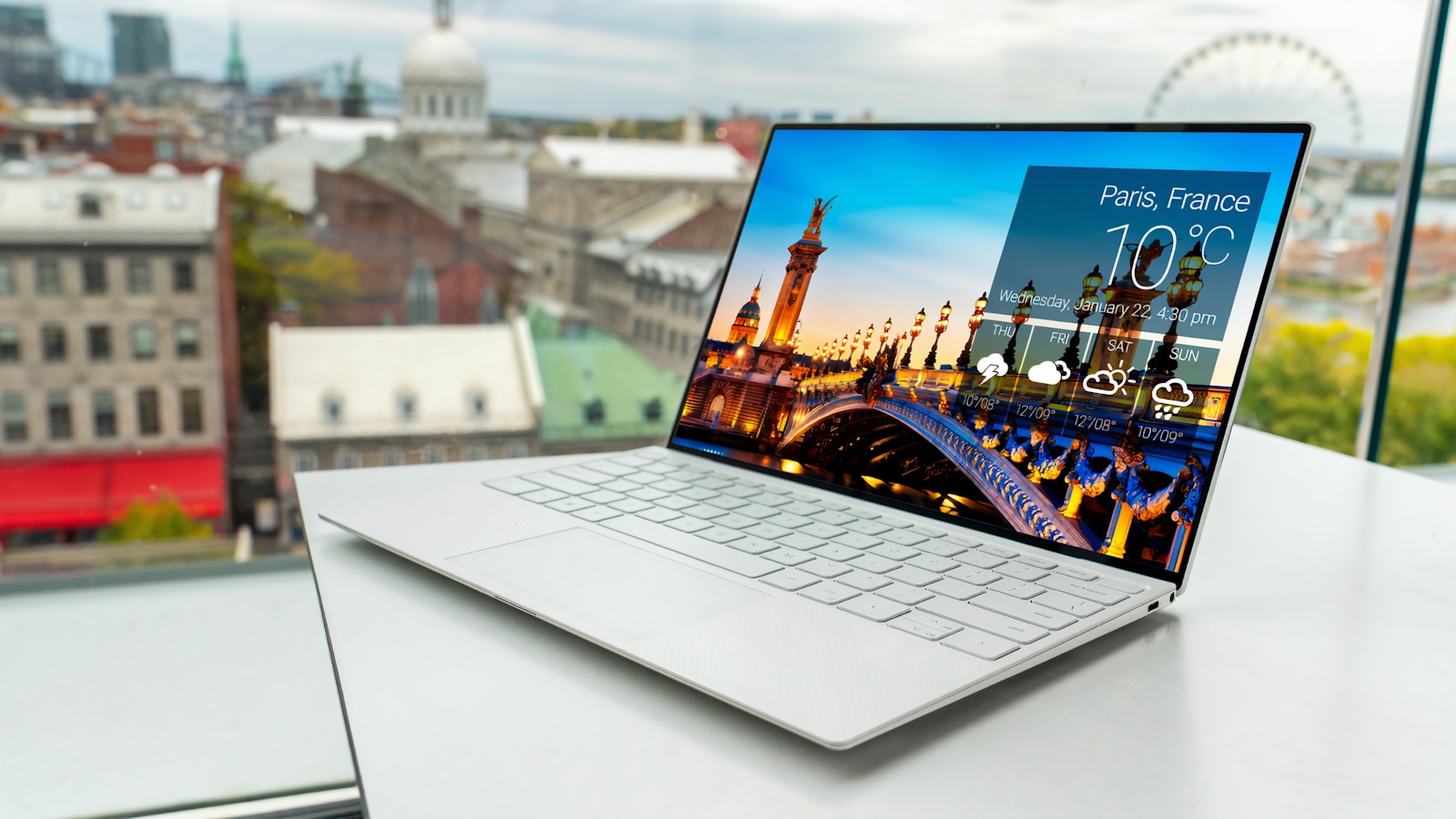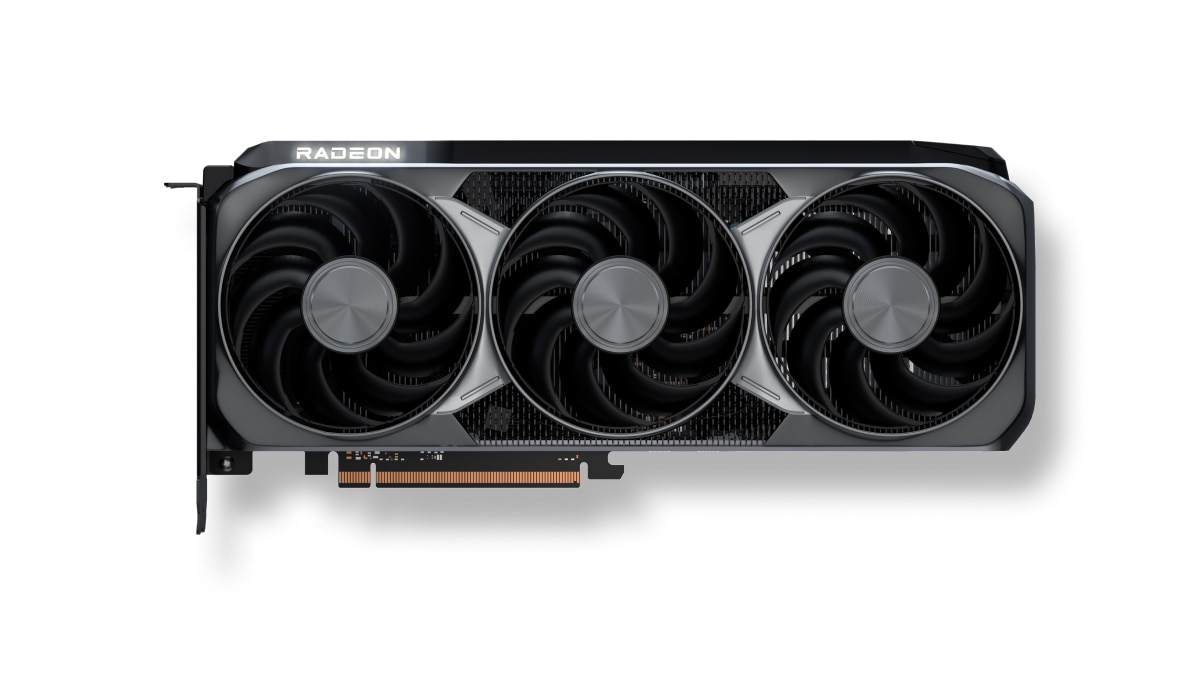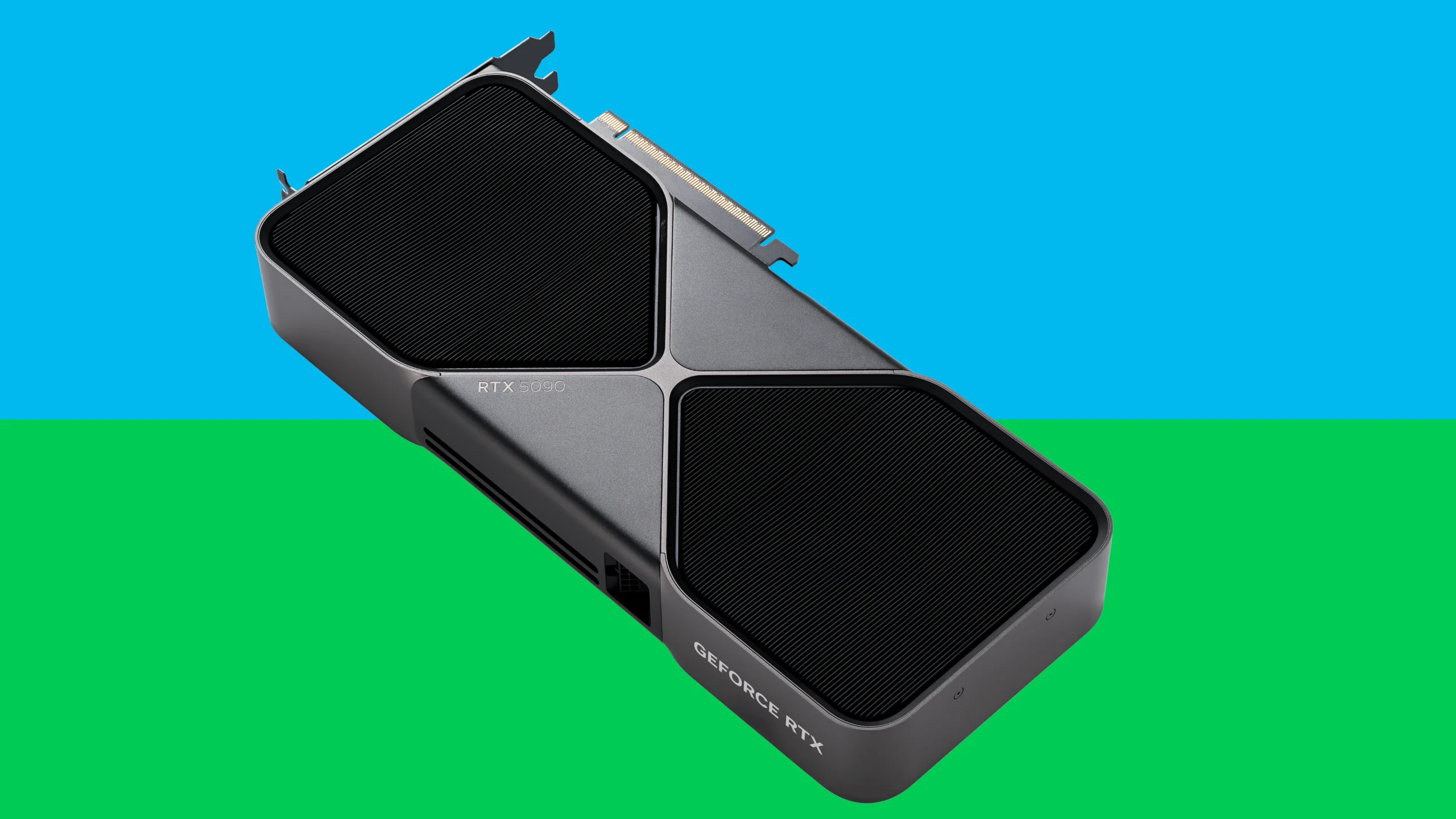PC technology isn’t just getting better—it’s transforming. From AI-powered hardware to modular laptops and the dawn of quantum-assisted computing, the latest advancements are redefining what computers can do. Whether you’re a gamer, a content creator, or just someone who wants faster, more flexible tech, 2025’s innovations have something for you.
Smarter Chips and Lightning-Fast Performance
At the heart of today’s PCs are increasingly intelligent processors. Intel’s new Core Ultra Series 2 chips are a leap forward, especially for mobile computing. These chips come equipped with built-in AI accelerators and are designed to optimize power usage while delivering serious performance boosts for tasks like 4K video editing and high-end gaming. They’re already powering devices like the MSI Claw 8 AI+, a handheld gaming PC that outperforms many AMD-powered rivals in real-world tests.
On the AMD side, the company’s Ryzen AI 300 series is turning heads as well, delivering not just raw speed but also native support for on-device AI processing—something crucial as Windows, ChromeOS, and macOS start leaning heavily into machine learning features.

The Rise of Modular and Repairable Laptops
One of the most consumer-friendly trends in PC tech is modularity—the ability to upgrade and repair laptops easily. Framework’s latest Laptop 13 (5th Gen), featuring AMD’s new Ryzen AI 300 chips, supports up to 96GB of DDR5 RAM, offers a gorgeous 2.8K 120Hz display, and retains compatibility with most parts from previous models.
This means you can swap out your CPU, battery, screen, ports, and more without replacing the whole machine—saving money and reducing e-waste. It’s part of a broader “right to repair” movement, and Framework is at the front of that charge.
AI Is No Longer Just Software—It’s in Your Hardware
Artificial intelligence is no longer confined to cloud services. Now it’s baked into your operating system and even your hardware. Windows 11 continues to push AI features like:
- Live captions for real-time video/audio transcription
- Voice clarity and background noise suppression during video calls
- AI-powered search and summarization via Bing Chat
But it’s Microsoft’s upcoming Copilot, expected to become a fixture in the Windows taskbar, that may truly redefine how people interact with their PCs. It will use GPT-4 to help you automate workflows, summarize documents, organize information, and more—all locally optimized for your device’s capabilities.
AI in Game Development: Razer’s QA Copilot
Even behind the scenes, AI is making waves—especially in video game development. Razer has introduced an innovative tool called QA Copilot, designed to assist studios in automating bug testing and quality assurance. By spotting and documenting issues in real-time, this tool not only shortens development cycles but also ensures a smoother experience for gamers.
This kind of AI-assisted development could mean fewer buggy releases and more polished games across the board.
Connectivity Without Limits
New PCs are increasingly equipped with Wi-Fi 7 and 5G modems, which drastically improve internet performance, especially for mobile users. Laptops like the Lenovo ThinkPad X1 Carbon Gen 12 and Samsung Galaxy Book4 Pro 360 now feature sub-6GHz 5G for broadband speeds on the go. This is game-changing for digital nomads and professionals who work from anywhere.
Quantum and Classical Computing Come Together
At GTC 2025, Nvidia made a bold step into the future with updates on its quantum computing collaborations. Working with MIT, Harvard, and other institutions, Nvidia is developing hybrid systems that bridge classical GPU power with quantum processors. These systems promise breakthroughs in scientific research, AI modeling, and cryptography—and hint at a future where your PC could benefit from quantum acceleration for specialized tasks.
Thinner, Lighter, Longer-Lasting
Despite all the added power, today’s laptops are also more portable than ever. Thanks to efficient chip designs and smart thermal engineering, you can now get ultra-thin laptops with 20+ hour battery life. Apple’s M3 MacBooks, Dell’s XPS lineup, and ASUS’s Zenbook series are perfect examples—delivering powerful multitasking and beautiful OLED screens in a lightweight form.
The Latest in Desktop GPU Technology: NVIDIA, AMD, and Intel Unveil Next-Generation Graphics Cards
The landscape of desktop graphics processing units (GPUs) has seen remarkable advancements with the introduction of new series from NVIDIA, AMD, and Intel. These releases promise significant performance enhancements, catering to gamers, creators, and professionals alike.
NVIDIA GeForce RTX 50 Series: Pioneering Performance

NVIDIA’s GeForce RTX 50 series, built on the Blackwell architecture, introduces several models:
- RTX 5090: Flagship model with 21,760 CUDA cores and 32 GB of GDDR7 memory, offering substantial performance improvements over its predecessors. Priced at $1,999, it became available on January 30, 2025.
- RTX 5080: Features 10,752 CUDA cores and 16 GB of GDDR7 memory, delivering twice the speed of the RTX 4080. Priced at $999, it also launched on January 30, 2025.
- RTX 5070 Ti and RTX 5070: Mid-range options offering robust performance at $749 and $549, respectively. The RTX 5070 Ti launched on February 20, 2025, while the RTX 5070 is expected on March 5, 2025.
These GPUs introduce DLSS 4 technology, utilizing AI to enhance gaming performance and visuals by generating multiple frames for each rendered by the GPU.
AMD Radeon RX 9000 Series: Advancing Graphics Technology
AMD’s RDNA 4 architecture powers the Radeon RX 9000 series, focusing on performance and efficiency:
- Radeon RX 9070 XT and RX 9070: Targeting mainstream to high-end markets, these models launched on March 6, 2025, with prices starting at $549.
These GPUs aim to deliver enthusiast-class gaming experiences, leveraging AI enhancements for improved performance.
Intel Arc Battlemage Series: Emerging Competitor
Intel’s Arc Battlemage series introduces competitive options in the GPU market:
- Arc B580: Launched on December 13, 2024, at $249, featuring 12 GB of VRAM and a 190W TGP.
- Arc B570: Released on January 16, 2025, priced at $219, offering 10 GB of VRAM and a 150W TGP.
These GPUs demonstrate Intel’s commitment to providing budget-friendly options with competitive performance, particularly in memory-intensive applications.
The introduction of these GPUs from NVIDIA, AMD, and Intel marks a significant evolution in desktop graphics technology, offering users a range of options to suit diverse performance needs and budgets
From AI co-pilots to quantum-enhanced computing and self-upgrading laptops, PC technology is evolving at a breakneck pace. The future of computing isn’t just faster—it’s smarter, more sustainable, and more user-centric than ever before.
Key Takeaways
- New PCs are faster and have better screens
- Computers can now connect to speedy 5G networks
- Modern laptops are thin and light with long battery life
Advancements in Personal Computing Hardware
Personal computers have seen big leaps in speed and power. New parts make PCs faster and better at handling tough jobs. These changes help people work and play in new ways.
Processors and CPUs
Intel and AMD lead the race for faster CPUs. They pack more cores into chips, boosting speed. AMD’s Zen 5 chips promise big gains in how fast they work. Intel’s latest chips use new ways to make them faster and use less power.
New CPUs also have special parts to help with AI tasks. This lets computers do smart things quicker. Data centers use these chips to run big programs and serve many users at once.
Chip makers also focus on making CPUs safer from hackers. They add features to stop bad code from running.
Memory and Storage Innovations
Computer memory keeps getting faster and bigger. New types like HBM3 work much quicker than older kinds. This helps when running big programs or games.
For storage, SSDs keep getting better. They now hold more data and work faster than ever. Some new SSDs can move data as fast as computer memory.
New tech called CXL lets memory and storage work together better. This helps computers handle huge amounts of data faster.
Graphic Processing Units
GPUs now do more than just make games look good. They help with AI and big math problems too. NVIDIA leads in making powerful GPUs for these tasks.
New GPUs can do ray tracing, which makes games and 3D images look more real. They also have special parts to speed up AI work.
Some new GPUs use less power while still being very fast. This helps laptops run longer on battery.
Emerging Semiconductor Technologies
Chip makers are trying new ways to make parts smaller and faster. They use light to make tiny parts on chips. This lets them fit more stuff in less space.
Some companies try using new materials like gallium nitride. These can work faster and use less power than silicon.
IBM and others are working on quantum chips. These could solve some hard math problems much faster than normal computers.
Water cooling is getting more common in PCs. It helps keep hot parts cool so they can run faster for longer.
Trends in Software and Connectivity
New tech is changing how we use computers and the internet. These changes make work easier and connect people in new ways.
Cloud Computing and Services
Cloud computing lets people use programs and save files online. This means they can work from anywhere. Many companies now use cloud services instead of buying their own servers. This saves money and makes it easier to grow.
Cloud tech also helps teams work together better. They can share files and work on projects at the same time. This is good for remote work, which is more common now.
Some popular cloud services are Google Drive, Dropbox, and Microsoft OneDrive. These let users store files online and access them from any device.
Artificial Intelligence and Machine Learning
AI and machine learning are making computers smarter. They can now do tasks that once needed humans. This includes things like translating languages and recognizing speech.
Generative AI is a new type of AI that can create content. It can write stories, make art, and even code software. This is changing many jobs and how we create things.
AI is also helping businesses understand their data better. It can find patterns and make predictions. This helps companies make smarter choices.
Augmented and Virtual Reality
AR and VR are changing how we see and interact with digital content. AR adds digital info to the real world. VR creates whole new virtual worlds.
These techs are used in games, but also in work and learning. For example, doctors can use AR to see patient info while doing surgery. VR can let students take virtual field trips to faraway places.
Many big tech companies are working on AR and VR devices. These include headsets and glasses that show digital content.
Advances in Network Technologies
New network tech is making internet connections faster and more reliable. 5G is the latest cell phone network. It’s much faster than older networks and can connect more devices.
Wi-Fi is also getting better. The newest version, Wi-Fi 6, is faster and works better when lots of devices are connected.
These network improvements help people use more online services. They make it easier to stream videos, play online games, and use cloud apps.
Better networks also help the Internet of Things (IoT). This is where everyday objects connect to the internet. It includes things like smart home devices and connected cars.







